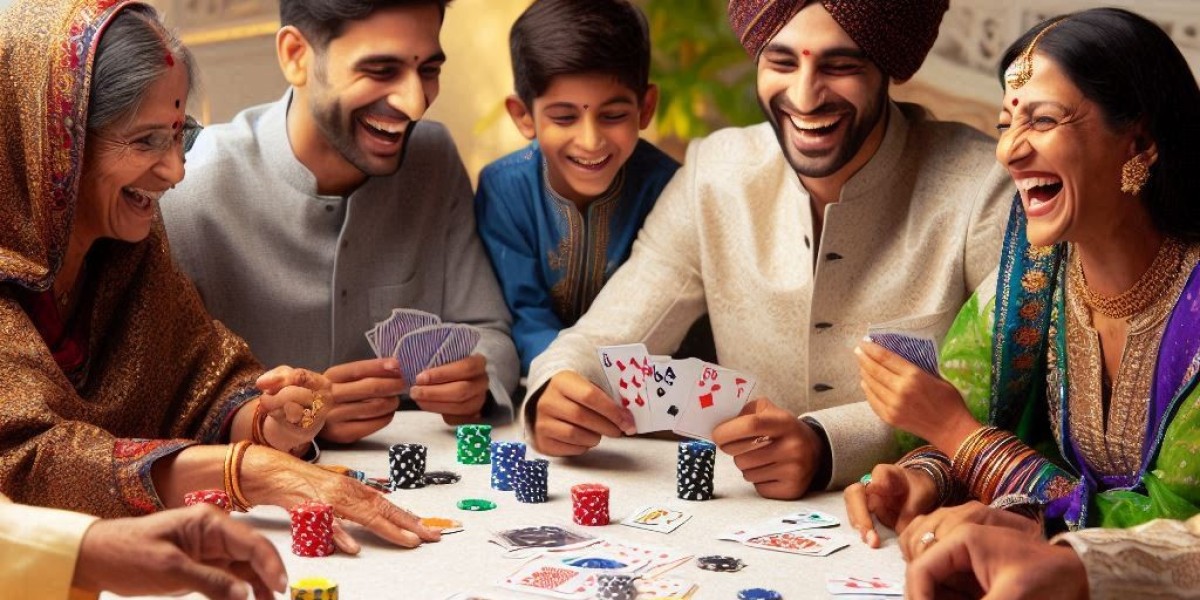Overview
Although everyone experiences pain, different cultures have quite different ideas about what pain is and how to treat it. People's perception, expression, and coping mechanisms with pain are significantly influenced by cultural beliefs, values, and practices. Healthcare personnel must be aware of these differences in order to treat patients more culturally competently and with better results. This essay examines the many viewpoints and methods that people from different cultures have while dealing with pain, emphasizing the value of cultural awareness in the provision of healthcare.
Cultural Aspects in the Perception of Pain
Culture has an impact on how people perceive pain because it impacts how they conceptualize suffering, how they express it verbally, and how they feel when it occurs. While some cultures accept pain as a normal part of life and deal with it stoically, others may consider it as a sign of weakness or as a form of punishment. For instance, there is a propensity to medicalize pain and turn to pharmaceutical solutions for instant relief in many Western countries. On the other hand, some Eastern cultures might place more stress on the significance of mind-body links and complementary pain relief techniques like acupuncture or meditation.
Not only that, but cultural standards also control how people publicly express their suffering. While some cultures respect restraint and may view excessive expression of pain as inappropriate or attention-seeking, others favor vocalization and overt shows of misery. Because pain expression varies among cultures, it can be difficult for medical professionals to appropriately diagnose and treat patients' needs.
Coping Strategies and Cultural Beliefs
Cultural ideas are a major influence in how people cope with suffering and how they view it. Religious convictions, for example, may have an impact on how pain is interpreted as a sign of divine punishment or as a test of one's faith. Pain is frequently viewed in a holistic way that takes into account its spiritual, emotional, and bodily aspects in many Indigenous cultures. In these cultures, the treatment of pain is frequently combined with traditional healing modalities like rituals or herbal medicines.
Additionally, societal and familial support systems differ among countries and can influence how people manage their pain. Seeking assistance from family or religious communities may be more important in collectivist cultures, where dependency and collective harmony are valued. On the other hand, self-reliance and autonomy may be valued more highly in individualistic societies, which may encourage people to manage their pain on their own or with the help of medical professionals.
Stigmatization and Cultural Taboos
Cultural taboos related to pain and disease might also affect people's willingness to follow medical suggestions and ask for assistance. In certain societies, admitting to suffering or mental health problems is frowned upon because of concerns about social rejection or looking foolish. This stigma might be more prominent in societies where mental illness is poorly understood or highly stigmatized.
Furthermore, societal conventions surrounding pain can collide with gender roles and expectations. Women may be socialized in many societies to put others' needs ahead of their own or to bear discomfort in silence, which may have an effect on how they seek medical attention. On the other hand, men could experience pressure to look tough and unflappable when dealing with discomfort, which could result in underreporting or denying symptoms.
Ramifications for the practice of medicine
Healthcare professionals must be culturally competent in order to properly meet the varied requirements of patients who are in pain. Understanding cultural perspectives on pain and being able to properly and sensitively communicate across cultural divides are prerequisites for this.
Patient-centred treatment that honors and respects patients' cultural origins and preferences is one way to advance cultural competence in pain management. This could entail using cultural assessments in therapeutic settings to learn about patients' pain-related values, beliefs, and coping mechanisms. Following that, medical professionals can adjust treatment programs to include interventions that are culturally relevant and work with patients to create comprehensive pain management strategies.
Additionally, healthcare institutions can put tools and training programs into place to help staff members become more culturally competent. Workshops on communication techniques, cultural humility, and awareness of unconscious prejudices may fall under this category. Through the cultivation of a culturally aware healthcare atmosphere, institutions can enhance patient contentment, treatment compliance, and overall health results.
In summary
The complex phenomena of pain is influenced by societal, cultural, and personal variables. Different cultural perspectives on pain have a significant impact on how people experience, communicate, and deal with it. Cultural practices, beliefs, and values are important factors that influence how people view pain and how they cope with it. In order to give effective and compassionate treatment to a varied patient population, healthcare providers need to be aware of and respectful of these cultural differences. Healthcare providers can better patient outcomes and raise the standard of care for people in pain everywhere by encouraging cultural awareness and competency in pain management.








